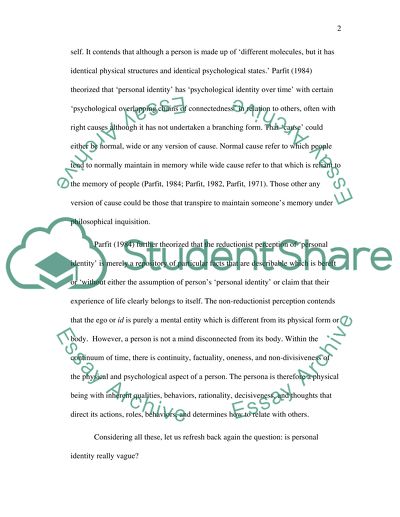Cite this document
(“Personhood, Rationality and Morality Essay Example | Topics and Well Written Essays - 2000 words”, n.d.)
Personhood, Rationality and Morality Essay Example | Topics and Well Written Essays - 2000 words. Retrieved from https://studentshare.org/psychology/1454475-personhood-rationality-and-morality
Personhood, Rationality and Morality Essay Example | Topics and Well Written Essays - 2000 words. Retrieved from https://studentshare.org/psychology/1454475-personhood-rationality-and-morality
(Personhood, Rationality and Morality Essay Example | Topics and Well Written Essays - 2000 Words)
Personhood, Rationality and Morality Essay Example | Topics and Well Written Essays - 2000 Words. https://studentshare.org/psychology/1454475-personhood-rationality-and-morality.
Personhood, Rationality and Morality Essay Example | Topics and Well Written Essays - 2000 Words. https://studentshare.org/psychology/1454475-personhood-rationality-and-morality.
“Personhood, Rationality and Morality Essay Example | Topics and Well Written Essays - 2000 Words”, n.d. https://studentshare.org/psychology/1454475-personhood-rationality-and-morality.


